Discover how Rohu fish farming offers a sustainable, profitable venture with low costs and high demand. Learn about setup, ROI, and innovative tech like underwater wave systems. Dive in now.

Why Rohu Fish Farming is the Future of Sustainable Agriculture
The future of sustainable food production finds its promising solution through the practice of Rohu fish farming in our current world. South Asian freshwater fish Rohu (Labeo rohita) holds importance both as a flavorful meal and an exceptionally nourishing food variety. Rohu constitutes a dietary staple in South Asian cuisine also becoming popular globally because it contains protein along with omega-3 fatty acids and necessary vitamins.
The sustainability factors which make Rohu fish farming an attractive business proposition exist in the following key aspects. Rohu fish farming demands small financial commitments and generates fast earnings while operators can combine it with existing rice cultivation systems. Aquaculture stands as a promising substitute to address the global food requirements because protein-rich food demand keeps rising while wild fish numbers decrease.
This extensive guide provides all necessary information about Rohu fish farming for those who dream of entrepreneurship and farmers wishing to expand as well as sustainability enthusiasts. We provide complete information that includes market prospects alongside setup procedures and a breakdown of challenges alongside successful cases.

Introduction to Rohu Fish Farming
Scientifically named Labeo rohita Rohu belongs to the carp family as the freshwater fish species. The countries of India and Bangladesh together with Nepal extensively cultivate this species because it readily adapts to multiple farming systems as it enjoys high market demand.
Why Rohu Fish Farming is Sustainable
- Low Environmental Impact: Rohu farming uses natural resources efficiently and can be integrated with other farming practices.
- High Nutritional Value: Rohu is rich in protein, omega-3 fatty acids, and essential nutrients, making it a healthy choice for consumers.
- Economic Viability: With low production costs and high market demand, Rohu farming offers excellent returns on investment.
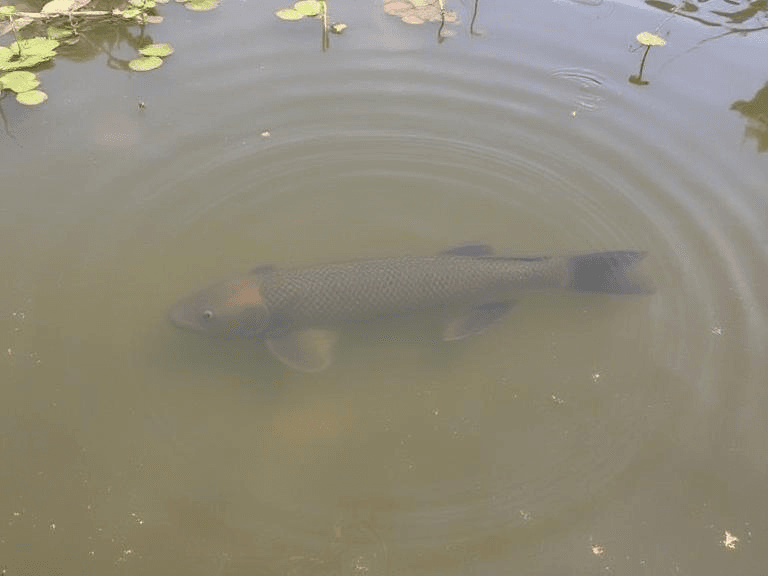
Market Demand and Potential
The market value for Rohu fish keeps rising due to its popularity for eating and nutritional advantages as well as traditional cultural connections. Traditionally South Asian cooking cannot function without Rohu fish because it is essential for fish curry as well as fry. The export opportunities for Rohu fish remain significant because they match well with big South Asian immigrant communities abroad.
Key Market Insights
- Local Demand: Rohu is a staple in South Asian households, with millions of tons consumed annually.
- Export Opportunities: Processed and frozen Rohu products are gaining traction in international markets like the USA, UK, and Middle East.
- Growing Health Consciousness: As consumers become more health-conscious, the demand for protein-rich, low-fat foods like Rohu is increasing.
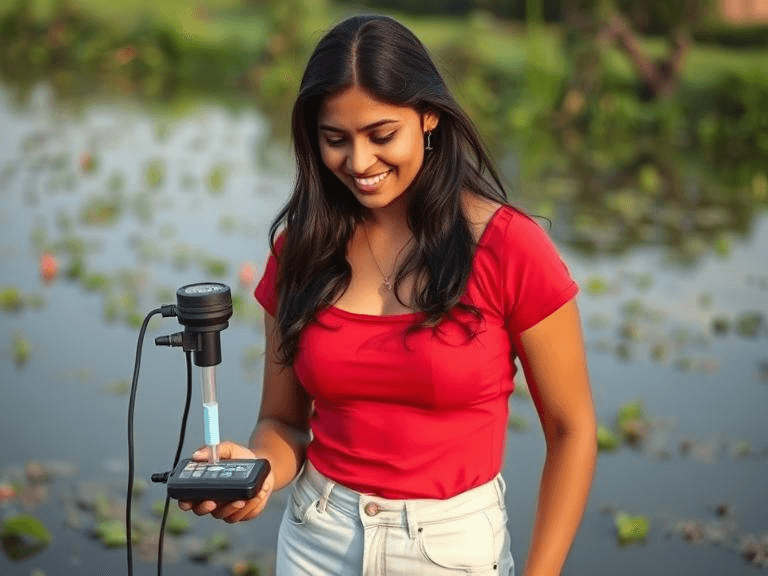
Benefits of Rohu Farming
Rohu fish farming offers numerous advantages, making it an attractive option for farmers and entrepreneurs:
- Low Production Costs
- Requires minimal investment in infrastructure and feed.
- Can be practiced in ponds, tanks, or cages.
- Fast Growth Rate
- Rohu reaches a marketable size of 1-1.5 kg within 8-12 months.
- Environmental Sustainability
- Can be integrated with rice-fish farming or polyculture systems.
- Reduces pressure on wild fish populations.
- Employment Opportunities
- Creates jobs in rural areas, from farming to processing and marketing.
Pro Tip: Use underwater wave technology in tanks. These systems mimic natural currents, boosting oxygen levels by 30% and slashing disease risk.
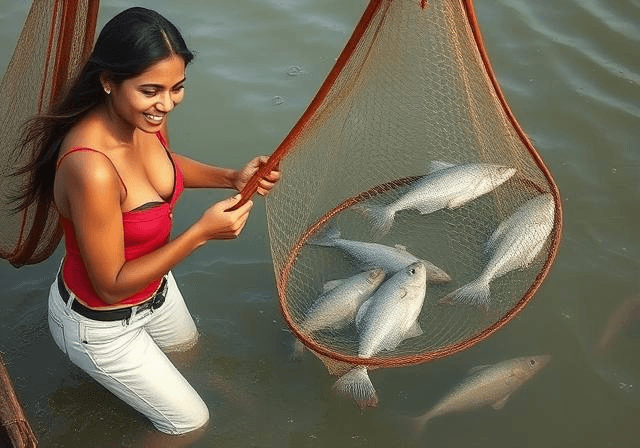
Steps to Start Rohu Fish Farming
Starting a Rohu fish farming business involves several key steps:
a. Site Selection
- Choose a location with clean water, proper drainage, and suitable soil.
- Ensure the site is free from pollution and has a reliable water source.
b. Pond Preparation
- Construct or renovate ponds with a depth of 1.5-2 meters.
- Clean and fertilize the pond to promote natural food growth.
c. Seed Stocking
- Purchase high-quality Rohu fingerlings from certified hatcheries.
- Stock the pond at a density of 5,000-10,000 fingerlings per hectare.
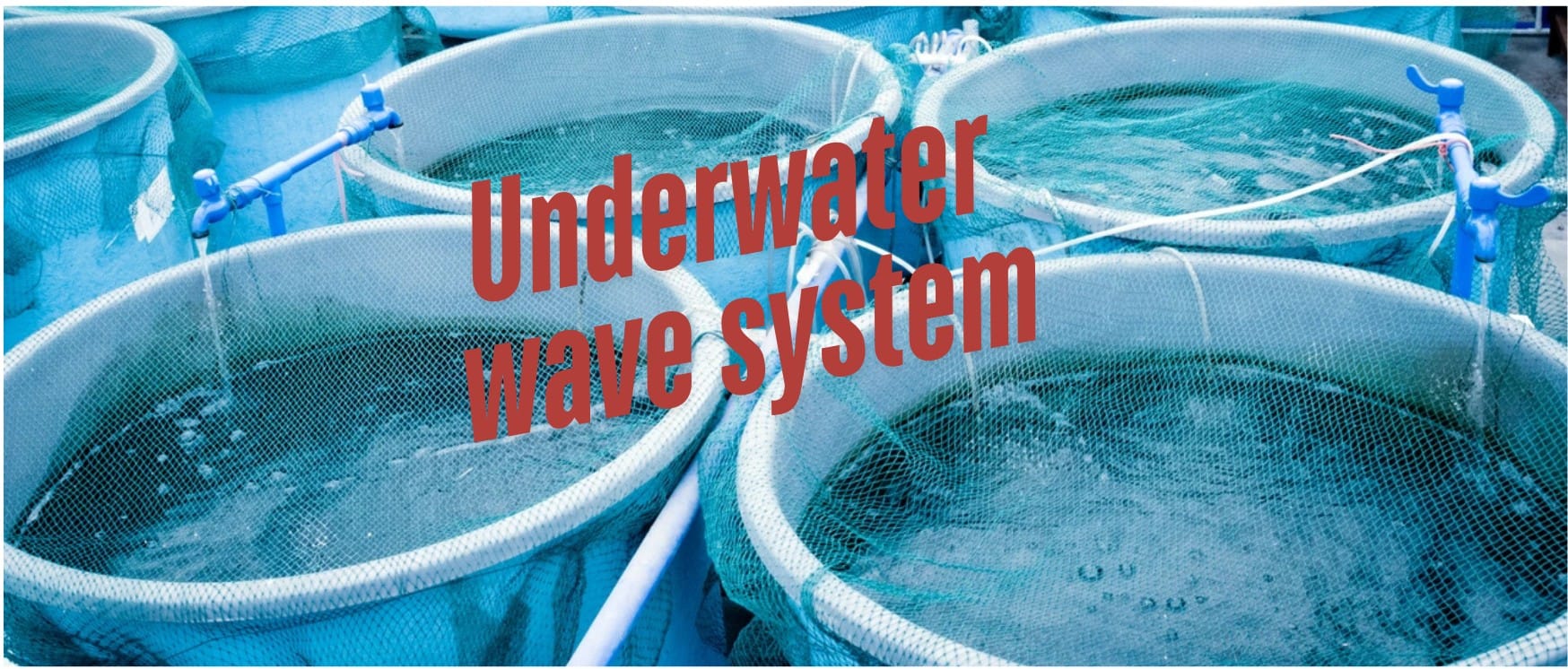
d. Feeding
- Provide a balanced diet of natural food (plankton, algae) and supplementary feed.
- Feed costs are approximately 0.50−0.50−1 per kg of fish produced.
e. Water Management
- Regularly monitor water quality (pH, oxygen levels, temperature).
- Use underwater wave technology in fish tanks to improve water circulation and oxygen levels.
f. Harvesting
- Harvest fish once they reach a marketable size (1-1.5 kg).
- Use nets to collect the fish, handling them carefully to avoid damage.

Challenges and Solutions
While Rohu fish farming is promising, it comes with certain challenges:
a. Disease Management
- Challenge: Fish are susceptible to bacterial infections and parasites.
- Solution: Regular monitoring, proper pond management, and timely treatment.
b. Water Quality
- Challenge: Poor water quality can affect fish health and growth.
- Solution: Use underwater wave technology and regular water testing..
c. Market Fluctuations
- Challenge: Fish prices can vary due to supply and demand.
- Solution: Diversify income sources and explore value-added products.

Government Support and Subsidies
South Asian governments enhance aquaculture by establishing subsidy programs and training initiatives in combination with financial aid. Indian government agency National Fisheries Development Board (NFDB) assists its citizens by offering financial backing for establishing fish farms and by helping them acquire necessary equipment and high-quality fish seed and feed.
- India’s NFDB offers General Farmers 40% and Women Farmer 60% subsidies on equipment and free training.
- Bangladesh’s DOF: Loans at 4% interest for women-led farms.

Success Stories or Case Studies
Rohu fish farming has proven to be successful for numerous farmers in different locations. A farmer in West Bengal India converted his small pond into a successful fish farm through modern practices which received governmental support. Within this two-year timeframe he obtained stable financial gains while proceeding to grow his operations further.

Conclusion: Dive Into Rohu Farming Today.
Rohu fish farming is a sustainable and profitable business opportunity that aligns with the growing demand for affordable and nutritious protein sources. With its low production costs, fast growth rate, and high market demand, it offers a viable livelihood option for farmers and entrepreneurs.
By addressing challenges and leveraging government support, aspiring farmers can build successful Rohu farming ventures. Dive into the world of Rohu farming today and contribute to food security, environmental sustainability, and rural economic development.
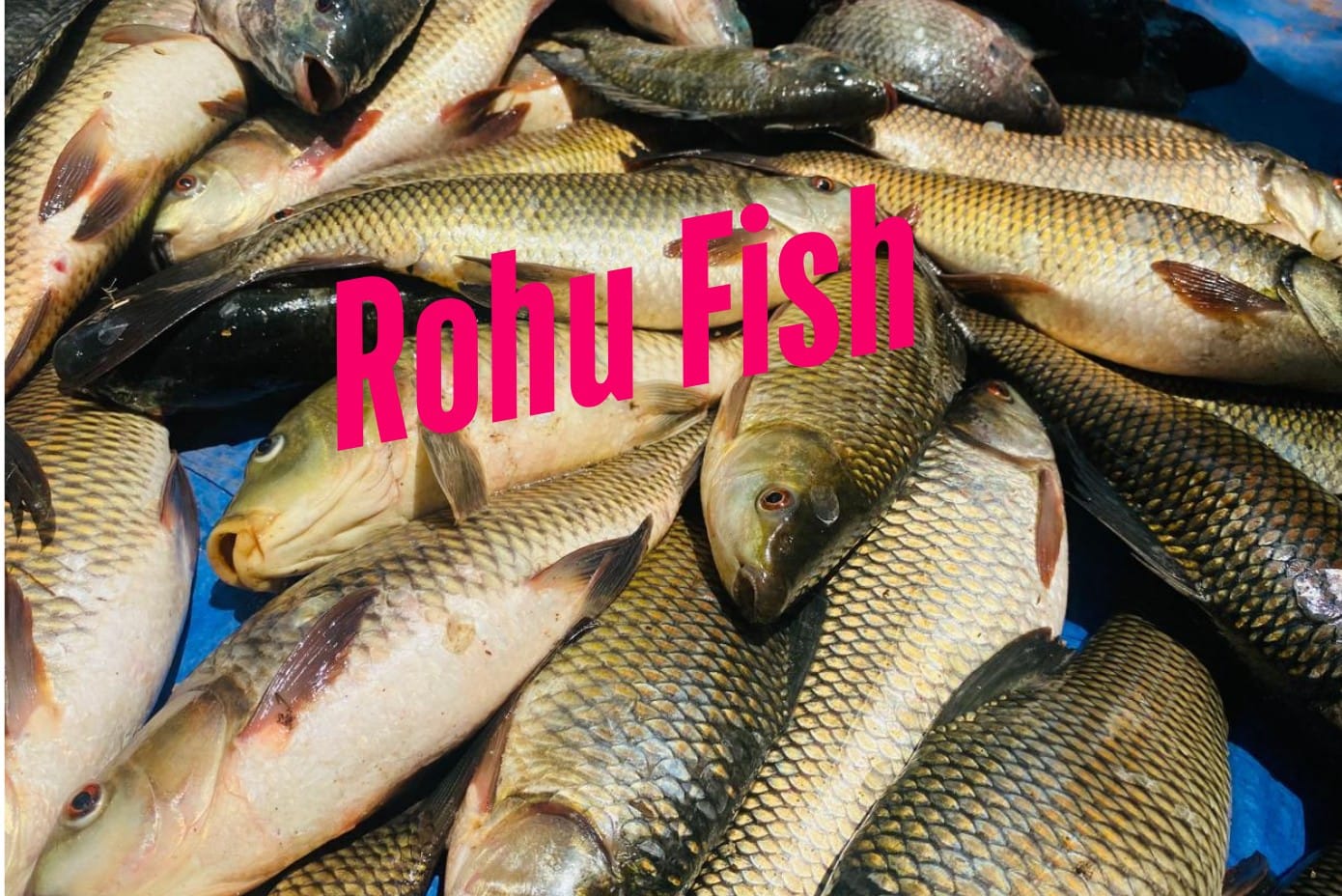
FAQs Your Rohu Fish Farming
Rohu fish typically reach a marketable size of 1-1.5 kg within 8-12 months.
Feed costs are approximately 0.50−0.50−1 per kg of fish produced.
Yes, Rohu farming can be integrated with rice-fish farming or polyculture systems.
Common diseases include bacterial infections and parasites, which can be managed through regular monitoring and treatment.
Yes, many governments offer subsidies, training programs, and financial assistance for fish farming.
Underwater wave technology improves water circulation and oxygen levels, enhancing fish health and growth.
